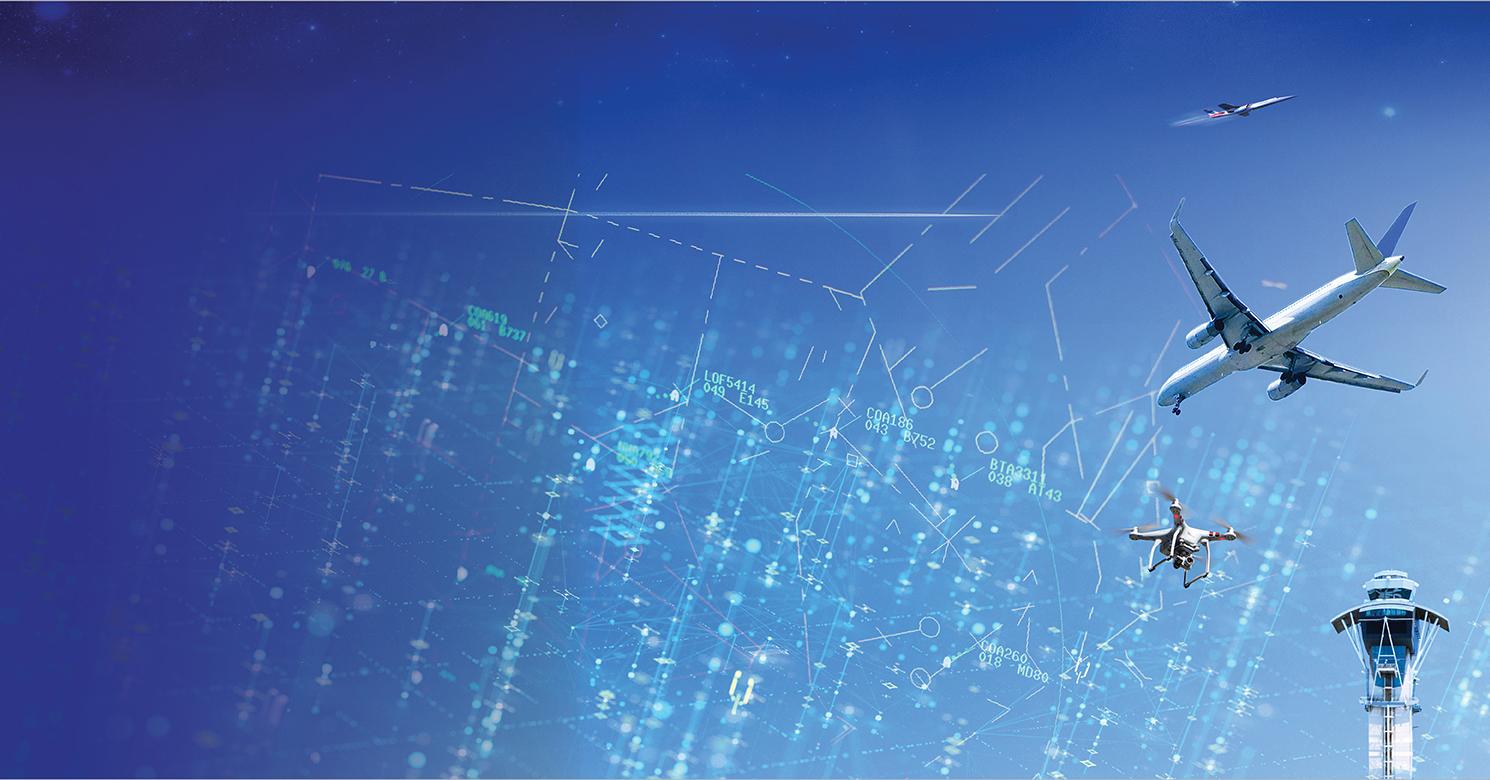Ask the Expert: The FAA Gets An Upgrade

 Anthony Bush Sr. is Director at Environmental Intelligence and Civil Space Raytheon. He has previously managed major Raytheon projects for NASA and NOAA, now he's taking on the challenge of leading the Raytheon Technologies team to develop a proposed solution for transforming the FAA's air traffic control telecommunications infrastructure with a new digital system called FENS – FAA Enterprise Network Systems.
Anthony Bush Sr. is Director at Environmental Intelligence and Civil Space Raytheon. He has previously managed major Raytheon projects for NASA and NOAA, now he's taking on the challenge of leading the Raytheon Technologies team to develop a proposed solution for transforming the FAA's air traffic control telecommunications infrastructure with a new digital system called FENS – FAA Enterprise Network Systems.
Q: Why is the upgrade to FENS necessary?
A: The current analog system is not maintainable over the long term. Carriers will stop providing that kind of analog service, so we're focused on providing a modernized, digital architecture that gives a better service at a lower price. This will cover the networks from the radar to the control tower, ensuring controllers have a resilient system with zero downtime and secure access to the data they need. The controllers will still talk to pilots the same way, but all the circuitry in between will change.
Q: How do you maintain security across a huge, diverse system?
A: The security requirements are tighter than the existing system. We're applying a NIST risk management framework and defense-grade cyber protections to the entire network.
This has two aspects: edge protection, which is applying security controls to all the endpoints to keep bad actors out and providing layered internal security by looking at how user data is moving and applying automated policies which prevent threats from impacting the enterprise operation. There is an ongoing process of continual evaluation and modification as new threats emerge and existing threats evolve.
One way to think about it is that we tag and follow data as it moves around. We can read the tags to make sure that data gets where it is supposed to, see if anything bad is happening to it or if it is being sent anywhere it shouldn't. They system has 'defense in depth,' using several different security software providers to give extra layers of protection.
Q: What advantages does FENS bring in terms of connectivity?
A: The digital technology has flexibility baked in, and the ability to provision additional capacity is a good example. When an airspace gets more flights, they may want to go from a one-gigabit service to a ten-gigabit service. That's difficult today, it requires a lot of co-ordination, but with FENS it's as simple as putting in a ticket, scheduling an upgrade and having it happen without anybody having to physically touch any equipment.
Q: Will FENS improve resilience?
A: We can't afford a loss of service at any time, so FENS must be highly resilient. For example, if a natural disaster takes down a huge piece of infrastructure, network traffic must be rerouted to the next available Air Traffic Control Centre, so we do not lose contact with anything in flight. Currently that's a manual process with people figuring out where to send the data, but FENS has pre-planned scripts with alternate hosts and routes so it can dynamically switch over with no downtime.
Q: Will the new digitalized system provide more useful analytics?
A: We'll be able to deploy a significant predictive analytics tool set as we transition to a digital platform. We can tell the customer “Here what's happening, here's what we think will probably happen next, how do you want to prepare for this future?” rather than just being reactive.
Q: How will FENS cope with the rapid anticipated growth in data from developments like drones and 'Internet of Things' devices?
A: There will be more data sources and more data destinations, and that's only going to continue to scale like the Internet of things. The ability to dynamically connect them through a diverse and resilient network is exactly why FENS is needed.




